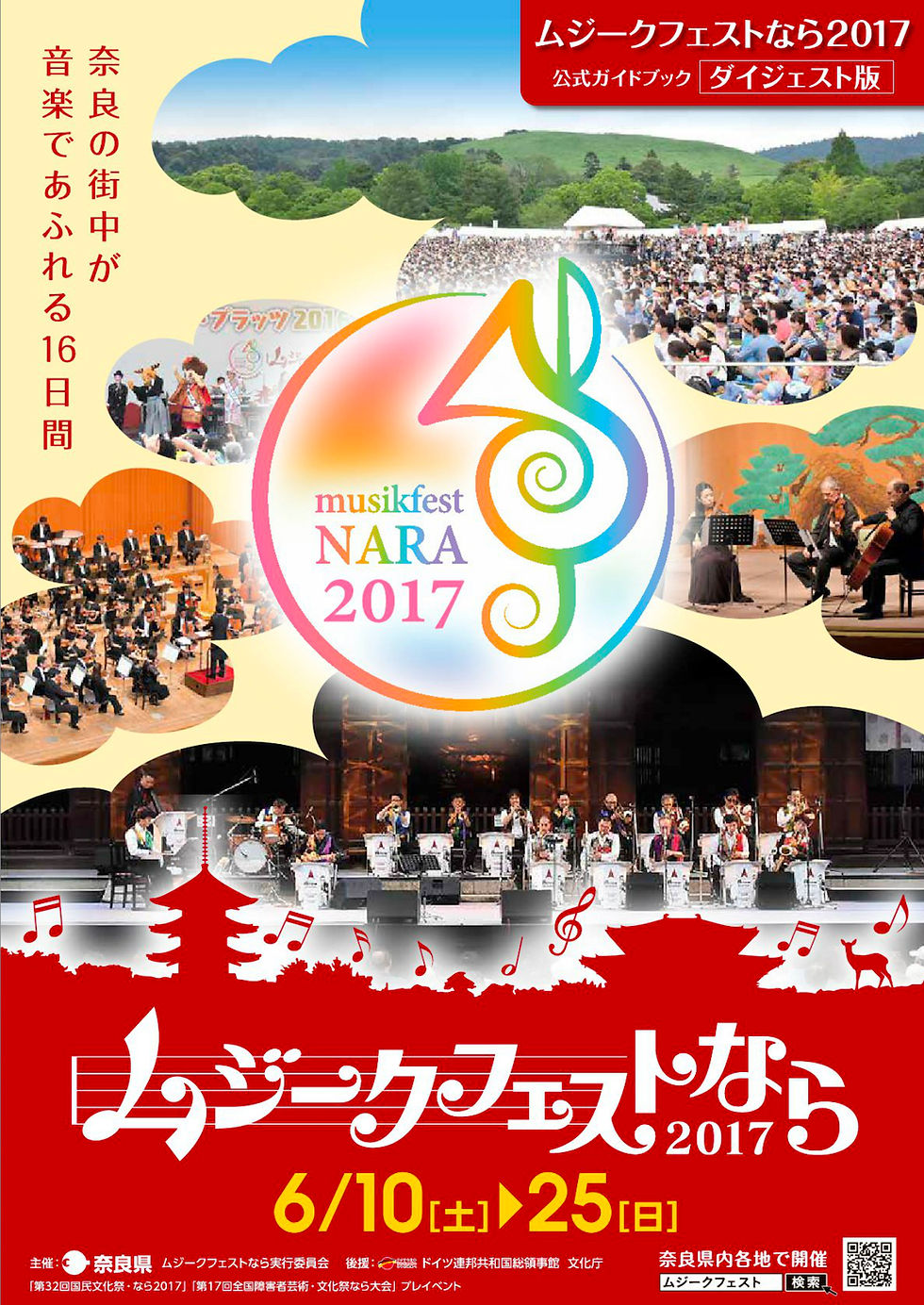ALL ABOARD! Riding the Bus in Nara
- Lee Walton

- Jun 26, 2016
- 3 min read
Nara may not be a large city but it has so much to see and do that using the bus is one of the best ways to enjoy all Nara has to offer. Here’s how to ride the bus in Nara avoiding unnecessary confusion or loss of money.

Bus Fare Boxes and Change Machines Bus fare boxes and change machines are a cause of great confusion for travellers and locals alike. Despite being housed in the same unit, the fare box and the change machine are two completely separate units. Because of this the fare box is only set up to receive exact change. It does not dispense change! Riders who put more than their bus fare into the fare box are out the difference. Riders without exact change need to use the change machine before paying. Like the fare boxes that don’t dispense change, the change machines do not subtract one’s bus fare from any notes or coins put into them, they only make change. Change machines accept ¥50, ¥100 and ¥500 coins, and ¥1,000 notes. Remember these things about the fare box and change machine and riding the bus will be smooth sailing.
Front Boarding Buses vs. Rear Boarding Buses Nara (and many other cities in Japan) has both front-boarding (boarding via the front door) and rear-boarding buses (boarding via the rear door). The main difference between the two is when to pay one’s fare. On front-boarding buses, like the yellow city loop bus, a fixed rate fare of ¥210 is due when riders board. Put the exact fare amount into the fare box (or get exact change using the change machine) when boarding and exit via the rear door at your bus stop.
On rear-boarding buses the fare is due when riders get off and will be either the standard ¥210 fixed rate or a fare calculated by the distance traveled. Riders should look for a ticket dispenser, usually an orange box, on either side of the door when boarding the bus. These tickets (known as “seireiken” in Japanese) have a number on them. That number corresponds with a fare zone number on an electronic display at the front of the bus. Riders should put their seireiken and its corresponding fare into fare box when getting off the bus. Like the trains, most buses in and around major cities come with an English audio guide informing passengers of which stop is coming up next, so there should be no worry of you missing your stop. Although the average bus driver may not be able to speak English, he or she will be very helpful.
Bus Passes For those who will ride the bus multiple times there are 3 bus passes available from the Nara Kotsu Bus ticket windows at JR Nara and Kintetsu Nara Stations. The 1-Day Pass (¥500 adults, ¥250 children - covering all the sites in and around Nara Park, the Heijokyo Palace Site, and Toshodaiji and Yakushiji Temple’s in the western part of Nara) the 1-Day Wide Pass (¥1,000 adults, ¥500 children - including all of the 1-Day Pass’s coverage area plus everything between Nara and Horyuji Temple to the south of Nara City), and the 2-Day Pass (¥1,500 adults, ¥750 children - covering just about every tourist site in the Yamato Basin including sites as far to the south as Tanzan Shrine, or Okadera or Tsubosakadera Temples). At just ¥500 (¥250 for children) the 1-Day Pass starts saving money after the third bus ride and maybe the most cost effective way to see all that Nara City has to offer.
Works consulted: http://www.narakotsu.co.jp/language/en/noriba/index.html#unchin http://www.narakotsu.co.jp/language/en/free-ticket/index.html#pass-1day






























Comments